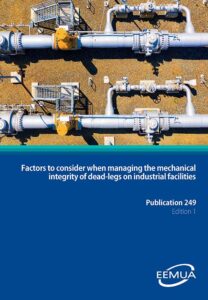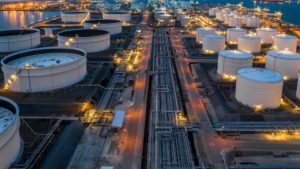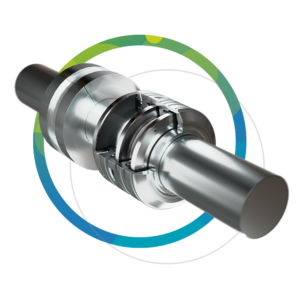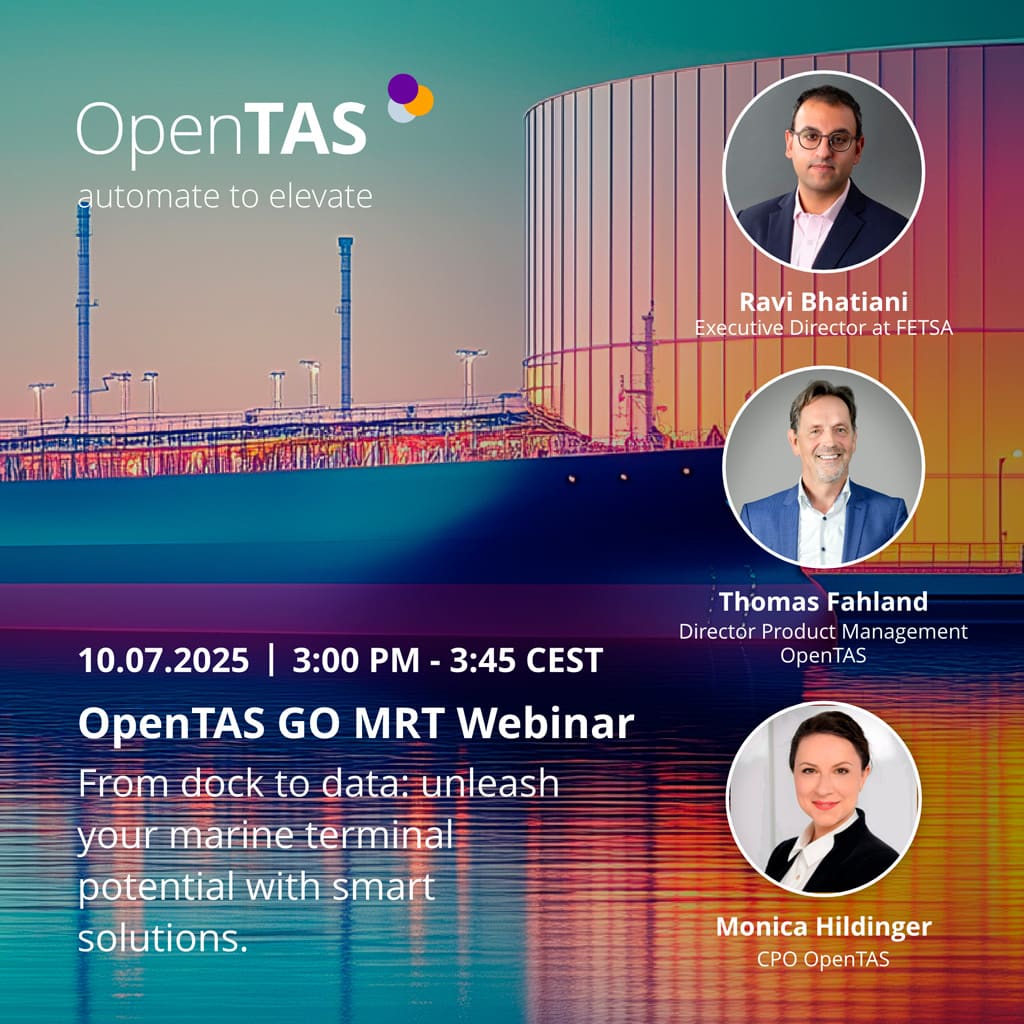The trend towards sustainability and energy transition continues, and companies need to adapt ever faster to changing economics and compliance legislation. How can all of this be managed? Decision-ready data is key here, which will enable adaptation of the business process and maintaining a healthy financial state for a business. However, getting the data needed to make decisions starts with digitalising the business. These are the four steps/phases in the digitalisation process that I see taking place across all asset-intensive industries.
INDUSTRY 4.0 PROVIDES THE DATA FOR DIGITAL OPERATION
The Fourth Industrial Revolution means a trend towards automation and data exchange in manufacturing processes and technologies. For example, think about Industrial Internet of Things (IIoT), cloud computing and artificial intelligence.
Cloud technology is the linchpin in this, as it unites all the available information and enables the combination of multiple and different types of data. When data like records (business), time-series (process), measurements (sampling), video and public sources (weather data), geo-location (GIS) are put together it can effectively turn into actionable information.
This variety of data is usually seen as ‘big data’. With proper contextualisation and pulling the right information from data, this can turn into ‘smart data’. And this is the essential information businesses need to keep up with the shorter economic cycles.
DIGITAL THREAD
Businesses usually see two distinct organisational pillars when they start to digitalise: engineering and operations. During engineering, assets are documented as drawings, which define asset capabilities. After handover from engineering, the operation realises value, very often also not paperless. Imagine the possibilities when engineering and operations are digitalised. This would make it possible to analyse the actual value and production realised during operations and compare against the original designs from the engineering phase.
Combining engineering and operations requires a fluent handover between the two. It requires close cooperation and a fluent digital handover starting at construction and during the commissioning of an asset. Closing the loop between engineering and operation this way delivers a so-called digital thread: engineering provides a digital model of the asset, while the operation runs the reality and enriches the model with live data.
In the construction industry there are several examples of building information modelling (BIM) data being shared with engineering and designs are shared with the manufacturers of components. This also provides an active check as to whether the design meets the business case: does the equipment bring the value in operation for which it was designed? Companies with many near-identical or similar assets will benefit from such a learning curve.
A PLATFORM IS THE BASIS FOR BUSINESS GROWTH
Businesses see the need for digitalisation and the overarching question is: what to digitalise first? A business also needs to ask how it can change towards a digital business and how to fit this into existing architectures and ways of working, and even more importantly: how can this be done in a futureproof way? This is especially important since the lifecycle of an asset is at least 30 years while the economic and software cycles are much shorter.
I have noticed that many initiatives for digitalisation have led to successful proofs of concept. However, the real business value comes from scaling enterprise wide, horizontally over multiple assets and vertically by adapting and enriching digital services within a single asset.
This is where the trend of so called ‘platform companies’ comes from: companies that moved from offering products to inviting their customers to a platform. Think about Apple, eBay, Zalando, Google and many more. They start small on a stable and scalable platform and as the market evolves the platform grows accordingly. And the more the platform grows, the more data they are able to collect, and the more trends may be derived from the data. Individual customers benefit from sharing their data as that enables machine learning and thereby improves the overall platform quality and user experience. This is what’s called the ‘swarm effect’: the more members contribute to the platform, the more they will all benefit.
Implementing a platform at multiple sites will reduce the total cost of ownership (TCO), improve standardisation and provide insights cross-site. In turn, this will help standardise processes and capture best practices. However, this also means an upscale of the user community: they need to become more data driven and understand reports rather than rely on experience only.
Figure 3: From digital decision support to closed loop operations
TWINNING IS WINNING
Most asset-intensive companies, like those operating in the chemicals, tank storage and oil and gas sectors, have many and large sets of equipment and thousands of sensors, all spread out over individual sites. When businesses wish to expand existing and traditional control systems, this is best done by adding an additional IoT platform in parallel per individual use case. This will leave the function and safety of existing systems intact and complements processes with additional insights.
When the collected data is made available to a cloud platform, everyone can benefit of the available data. And over time, as more and more data is collected and scenarios are tested (good vs. bad decisions), this will lead to a more precise digital model of the assets: the digital twin. This results in an automated capture of best practice of the asset.
The digital twin works on gathering asset data and learns about the digital fingerprint of each asset. This in-depth knowledge of operations leads to faster and safer decisions regarding the asset. At the same time, the digital twin will also assist in improving the maintenance cycles, moving from reactive to predictive maintenance. On top of that, best practices will become automatically become available when more data is gathered, which can also be used to train staff.
Can you imagine being able to try out exceptional operational scenarios or different commercial scenarios at a site without risk to the assets? That’s what the digital twin can be used for. The best example of a digital twin is the flight simulator for airplanes. The models and characteristics of airplanes are so exact, pilots may realistically learn, train and test landing under difficult situations and do so safely in a simulator.
Setting up a digital twin of a company’s assets is an organisational journey and can be best done in phases.
A SHIFT IN GEAR
For industrial enterprises it’s not enough to simply focus on a return to the pre-pandemic normal. Sustainability and energy transition are here to stay, as are the changing economics that businesses need to adapt to. The scale of ambition needs to be much higher – shifting gears to enter a new phase of accelerated growth. This is not easy and means finding the right balance between tomorrow’s growth and today’s business. It requires a deep understanding of emerging technologies, seeing the opportunities of digitalising to a business, and a focus on the ever-changing needs of both customers and employees. Are you ready to shift gears?
For more information:
Eduard Smits is the associate director, Industry X at Accenture Netherlands. He will give a presentation on this topic at StocExpo 2022, which will be held from 23-35 May 2022 in Rotterdam, the Netherlands.






